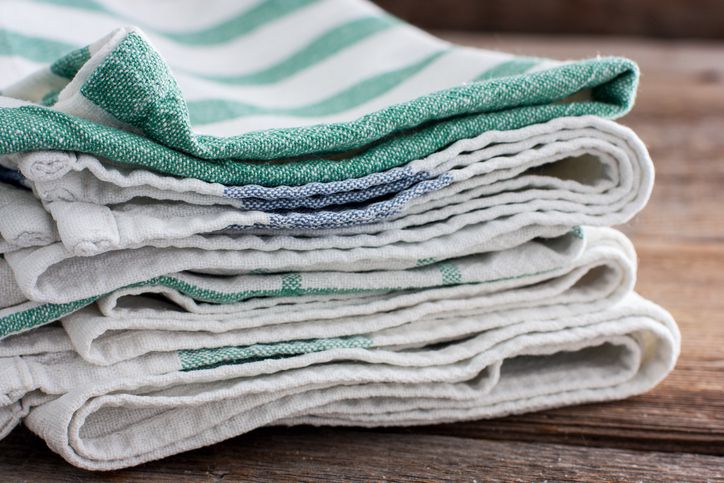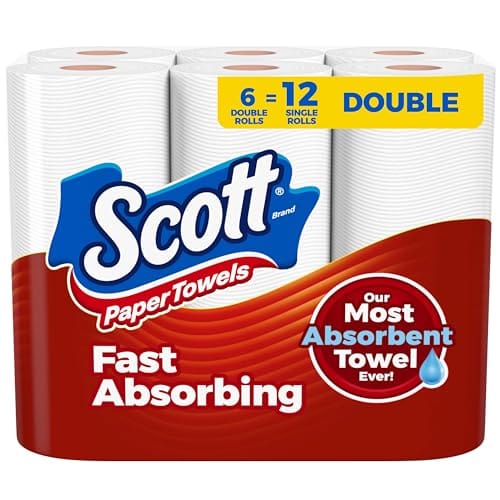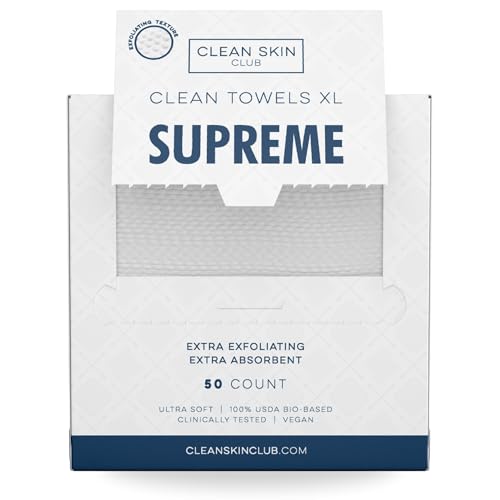Tea towels are cloths used for drying dishes and kitchen surfaces. They are typically made of linen or cotton.
Tea towels have been essential kitchen items for centuries. They are highly absorbent and perfect for drying dishes, glassware, and cutlery. Their soft texture ensures delicate items do not get scratched. Beyond their practical use, tea towels often feature decorative designs and patterns, adding aesthetic value to kitchens.
Many people also use them as makeshift oven mitts or to cover rising dough. High-quality tea towels can last for years with proper care. They are easy to clean and maintain, making them a versatile and indispensable kitchen accessory.
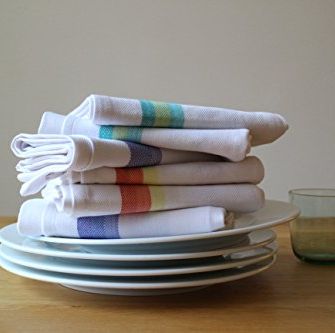
The Origin Of Tea Towels
Tea towels are a staple in kitchens around the world. They have a rich history that dates back centuries. Understanding their origin offers insight into their evolution and significance.
From Linen To Modern Fabrics
Originally, tea towels were made from fine linen. Linen was chosen for its absorbency and durability. The fabric was perfect for drying delicate china and glassware. Over time, other materials began to be used. Today, tea towels come in various fabrics, including cotton and microfiber. Each material offers different benefits.
| Material | Benefits |
|---|---|
| Linen | Highly absorbent, durable, dries quickly |
| Cotton | Soft, versatile, easy to clean |
| Microfiber | Super absorbent, fast drying, lightweight |
Evolution Through Centuries
Tea towels have evolved significantly over the centuries. In the 18th century, they were hand-sewn and often embroidered. These towels were cherished household items. By the 19th century, tea towels became more widespread. They were no longer exclusive to the wealthy. The industrial revolution made them affordable and accessible.
- 18th Century: Hand-sewn, embroidered, exclusive to the wealthy.
- 19th Century: Industrial production, more affordable, widely used.
- Modern Day: Various fabrics, mass-produced, essential kitchen item.
The design of tea towels has also changed. Early designs were plain, focusing on utility. Modern tea towels feature vibrant patterns and prints. They often reflect cultural trends and artistic styles. Despite these changes, their purpose remains the same. Tea towels are essential for keeping kitchens clean and tidy.
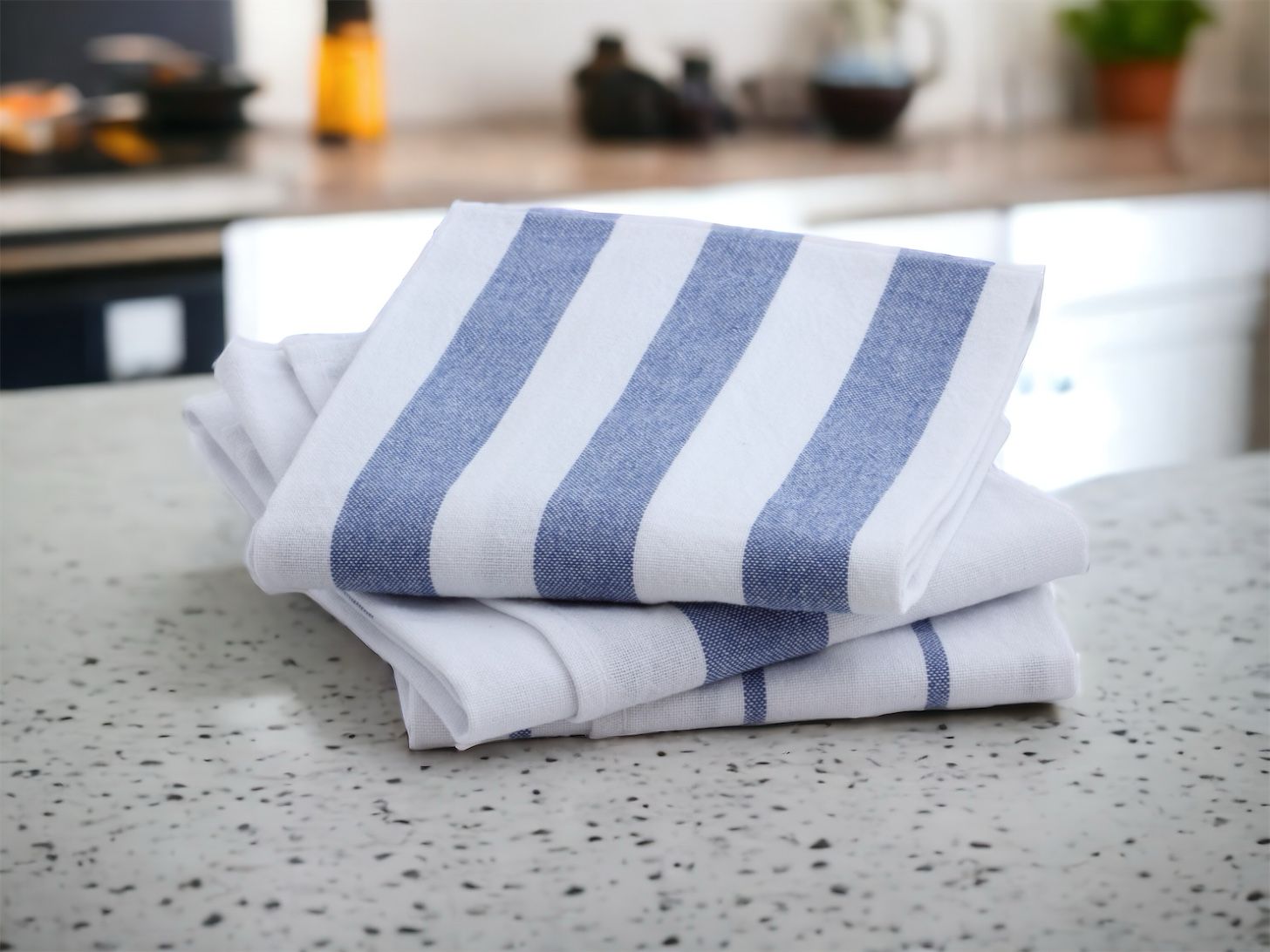
Types Of Tea Towels
Tea towels are essential in every kitchen. They come in various types, each offering unique benefits. Let’s explore the different types of tea towels to help you choose the best one for your needs.
Cotton Vs. Linen
Cotton tea towels are highly absorbent. They are perfect for drying dishes and hands. Cotton is soft and durable. It withstands frequent washing. These towels are also versatile. They can be used for cleaning and polishing.
Linen tea towels are more robust. They are less absorbent but dry quickly. Linen is perfect for lint-free drying. These towels are ideal for glassware and delicate items. Linen becomes softer and more absorbent with each wash.
| Material | Absorbency | Drying Speed | Best Uses |
|---|---|---|---|
| Cotton | High | Slow | General purpose |
| Linen | Moderate | Fast | Glassware and delicate items |
Designs And Patterns
Tea towels come in various designs and patterns. These options can enhance your kitchen’s decor. Some common designs include:
- Plain – Simple and classic, matches any kitchen style.
- Striped – Adds a touch of elegance.
- Checkered – A traditional pattern, often seen in rustic kitchens.
- Printed – Features fun prints or seasonal themes.
- Embroidered – Adds a unique, handmade touch.
Choose a design that suits your kitchen. Patterns can be bold or subtle. They add charm to your cooking space. A stylish tea towel can even be a great gift.
Traditional Uses In The Kitchen
Tea towels have been a kitchen staple for generations. They are not just pieces of cloth but valuable tools in every kitchen. Let’s explore how these humble towels are traditionally used.
Drying Dishes
Tea towels are perfect for drying dishes. Their absorbent fabric makes drying quick and easy. Unlike other towels, tea towels leave no lint behind. This ensures your dishes remain spotless and clean.
Using a tea towel to dry dishes helps prevent water spots. It also helps to avoid streaks on your kitchenware. Here is a simple way to use tea towels for drying:
- Wash your dishes as usual.
- Rinse them well to remove soap.
- Use a tea towel to pat them dry.
Polishing Glassware
Tea towels are excellent for polishing glassware. They give your glasses a crystal-clear shine. The soft fabric prevents scratches and ensures a smooth finish. Here is how to polish your glassware with a tea towel:
- Wash and rinse the glassware.
- Use a clean tea towel to dry them.
- Buff the glassware gently for a sparkling effect.
| Task | Benefits |
|---|---|
| Drying Dishes | Prevents water spots and streaks |
| Polishing Glassware | Provides a crystal-clear shine |
In summary, tea towels are essential in the kitchen. They help with drying dishes and polishing glassware. Their absorbent and soft fabric makes them ideal for these tasks.
Beyond Drying: Creative Uses
Tea towels are more than just kitchen helpers for drying dishes. Their versatility makes them perfect for various creative uses. Below, we’ll explore some innovative ways to use tea towels beyond drying.
As Gift Wrap
Using tea towels as gift wrap is a sustainable and stylish option. Wrap small items like books, candles, or kitchen utensils.
- Eco-friendly: Reduces waste compared to traditional wrapping paper.
- Reusable: The recipient can use the tea towel later.
- Unique: Adds a personal touch to your gift.
Follow these simple steps to wrap a gift with a tea towel:
- Place the item in the center of the towel.
- Fold the edges over the item.
- Tie the corners in a knot to secure.
Art And Decoration
Tea towels can be framed to create unique wall art. Choose tea towels with attractive patterns or quotes.
Here’s how to frame a tea towel:
- Iron the tea towel to remove wrinkles.
- Place the towel in a frame of your choice.
- Hang the frame on your wall.
Other decorative ideas include:
- Pillow Covers: Sew tea towels into pillow covers for a custom look.
- Table Runners: Line your table with a series of tea towels.
- Curtains: Use them as cafe curtains for a rustic charm.
These creative uses add charm and functionality to your home. Tea towels are versatile and stylish beyond their primary purpose.
Caring For Your Tea Towels
Tea towels are an essential kitchen item. They help in drying dishes, cleaning spills, and even serve as a decorative piece. But to keep them in top condition, you need to care for them properly. Below are some essential tips.
Washing Instructions
Proper washing is key to maintaining tea towels. Follow these steps:
- Separate tea towels by color to prevent color bleeding.
- Use cold water for washing to avoid shrinking.
- Choose a mild detergent to protect the fabric.
- Avoid using fabric softeners as they can reduce absorbency.
- Air dry tea towels to maintain their shape and texture.
Stain Removal Tips
Stains are inevitable, but they don’t have to be permanent. Here are some tips:
- Act quickly to prevent the stain from setting.
- Blot the stain with a damp cloth instead of rubbing.
- Use a stain remover suitable for the fabric type.
- For oil stains, sprinkle with baking soda and let sit.
- For wine stains, dab with white vinegar immediately.
Following these simple steps will keep your tea towels looking fresh and new. Proper care ensures they last longer and continue to serve you well in the kitchen.
Eco-friendly And Sustainable Options
Tea towels are versatile and essential kitchen items. They come in many eco-friendly and sustainable options. Choosing such options helps reduce environmental impact and supports a greener lifestyle. Below, discover the benefits of using organic materials and recycled fabrics for your tea towels.
Organic Materials
Tea towels made from organic materials are a popular eco-friendly choice. They are crafted using natural fibers grown without harmful chemicals. This makes them safer for your family and better for the planet.
- Organic Cotton: Soft, absorbent, and durable. Grown without pesticides.
- Bamboo: Naturally antibacterial and highly renewable. Very soft to the touch.
- Linen: Made from flax plants. Strong, absorbent, and long-lasting.
Organic tea towels often carry certifications, such as GOTS (Global Organic Textile Standard). This ensures they meet strict environmental and social criteria.
Recycled Fabrics
Tea towels made from recycled fabrics are another sustainable option. They repurpose existing materials, reducing waste and conserving resources.
| Material | Benefits |
|---|---|
| Recycled Cotton | Reduces landfill waste and lowers water usage. |
| Recycled Polyester | Made from plastic bottles. Helps reduce plastic pollution. |
| Blended Fabrics | Combine recycled fibers. Often more durable and versatile. |
Choosing tea towels made from recycled fabrics supports the circular economy. It gives new life to discarded materials, transforming them into useful kitchen items.
Tea Towels In Professional Settings
Tea towels are essential in many professional settings. They are versatile and useful. From restaurants to artisan bakeries, tea towels play key roles. Let’s explore their significance in detail.
Restaurants And Cafes
In restaurants and cafes, tea towels are indispensable. Chefs use them for various tasks. They wipe hands, clean surfaces, and handle hot items. Waitstaff use them to maintain clean tables. Tea towels also help in drying dishes quickly.
| Task | Use of Tea Towels |
|---|---|
| Wiping Hands | Chefs keep hands dry and clean. |
| Cleaning Surfaces | Ensure work areas remain spotless. |
| Handling Hot Items | Protect hands from heat. |
| Drying Dishes | Ensure dishes are ready for service. |
Tea towels also add a touch of style. Many restaurants choose designs that match their decor. This enhances the dining experience for customers.
Artisan Bakeries
In artisan bakeries, tea towels are crucial tools. Bakers use them to cover dough while it rises. This keeps the dough moist and warm. Tea towels also help in cleaning work surfaces. They remove flour and dough residues efficiently.
- Covering Dough: Keeps it moist and warm.
- Cleaning Surfaces: Removes flour and dough residues.
- Handling Hot Baked Goods: Protects hands from burns.
Tea towels in bakeries often feature unique designs. These reflect the bakery’s brand and style. They also make great gifts for loyal customers.

Finding The Perfect Tea Towel
Tea towels are more than just kitchen accessories. They are essential tools for drying dishes, cleaning spills, and adding a touch of style to your kitchen. Finding the perfect tea towel involves understanding quality indicators and knowing where to shop. Let’s dive into the details.
Quality Indicators
High-quality tea towels are durable and absorbent. Look for tea towels made from 100% cotton or linen. These materials are known for their absorbency and durability. Check the weave of the fabric. A tighter weave usually indicates a better quality towel. The weight of the towel also matters. Heavier towels are generally more absorbent.
- Material: 100% cotton or linen
- Weave: Tight weave for better quality
- Weight: Heavier towels are more absorbent
Shopping Tips
Before buying a tea towel, consider its purpose. Do you need it for drying dishes or just for decoration? For functional use, prioritize absorbency and durability. Check online reviews to see what others say about the towel. Shopping in-store? Feel the fabric to judge its quality.
- Identify the purpose of the tea towel
- Read online reviews for user experiences
- Feel the fabric if shopping in-store
Look for trusted brands known for quality kitchen textiles. Sometimes, spending a bit more ensures you get a towel that lasts longer.
Frequently Asked Questions
What Are Tea Towels Used For?
Tea towels are used for drying dishes, cleaning surfaces, and wrapping baked goods. They are versatile and practical.
Are Tea Towels And Kitchen Towels The Same?
Tea towels and kitchen towels are similar but not the same. Tea towels are usually lighter and more decorative.
What Materials Are Tea Towels Made From?
Tea towels are often made from cotton or linen. These materials are highly absorbent and durable.
How Often Should You Wash Tea Towels?
Tea towels should be washed after each use to maintain hygiene. Regular washing prevents bacteria build-up.
Conclusion
Tea towels are versatile and essential in every kitchen. They aid in drying dishes and handling hot pots. With various designs and materials, they add a touch of style. Investing in quality tea towels enhances both functionality and aesthetics. Embrace their utility and charm in your daily kitchen routine.

